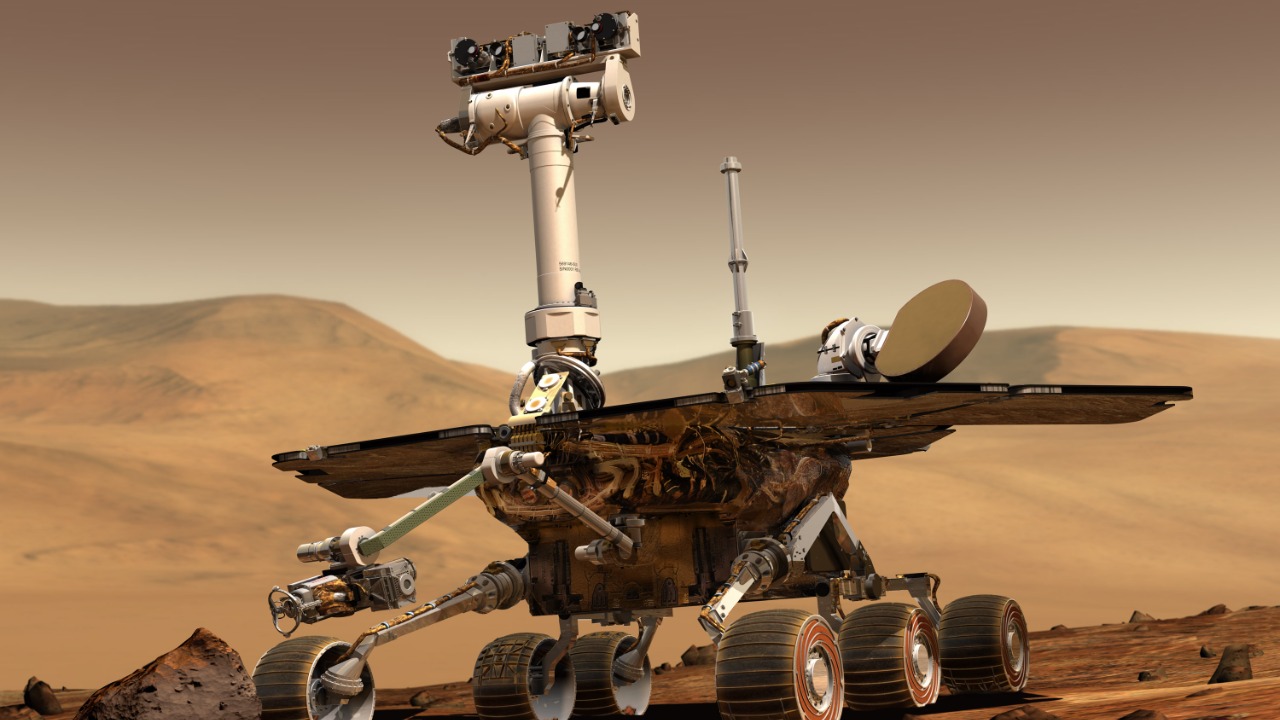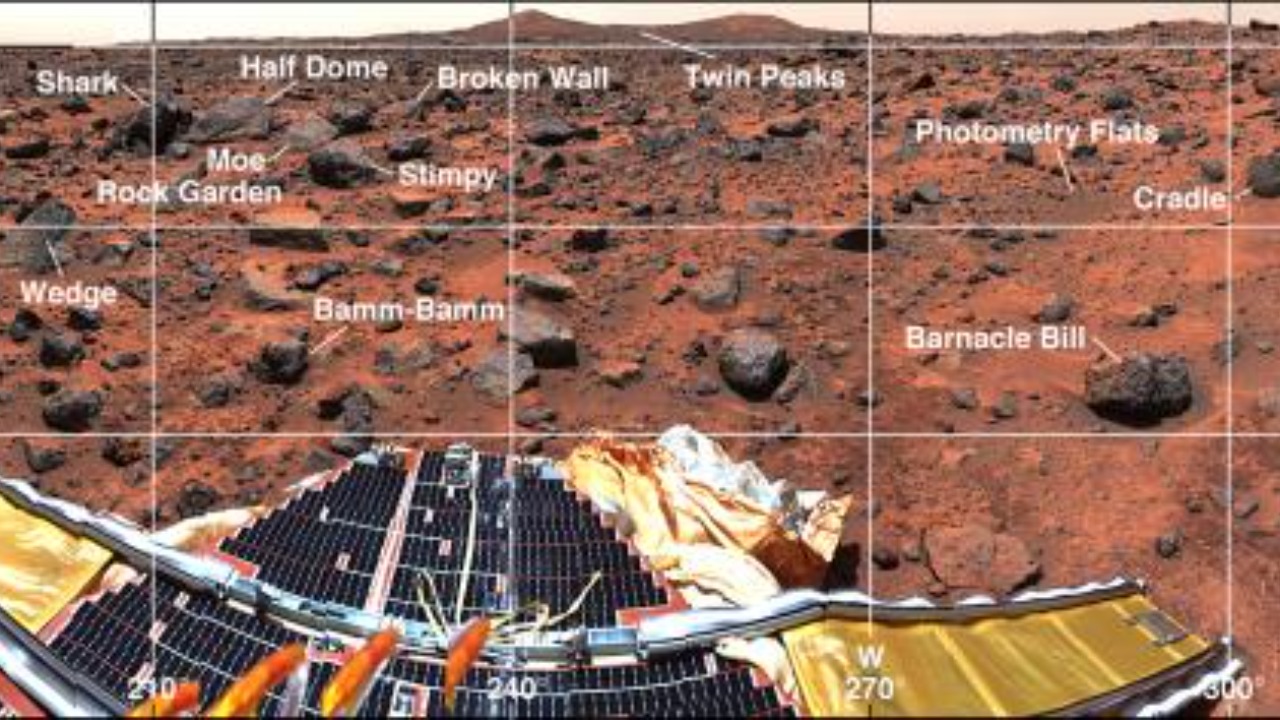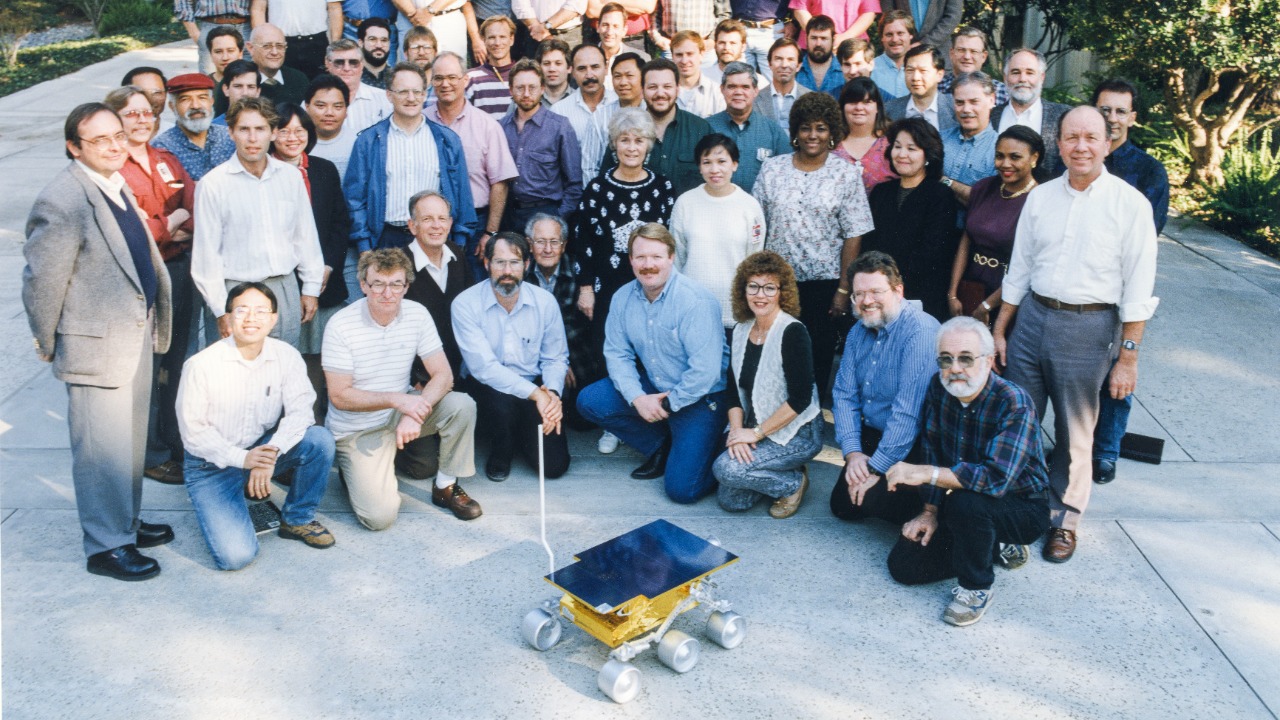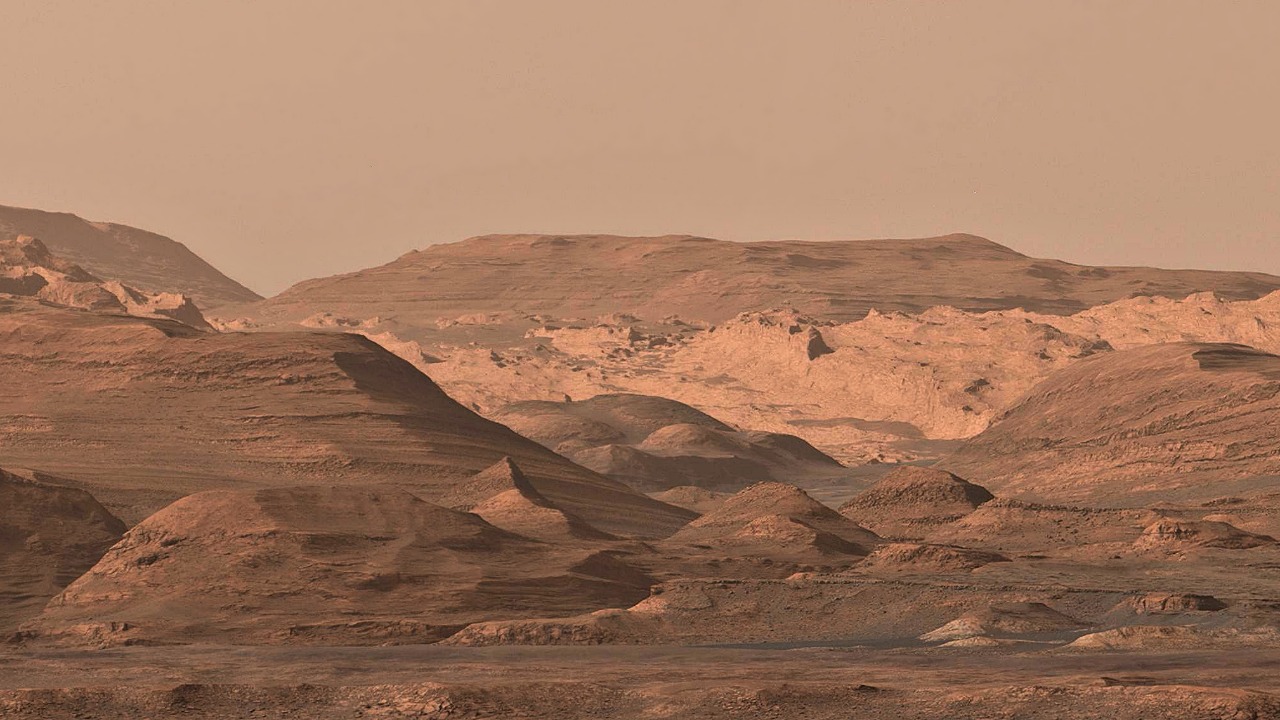
Mars is set to welcome a groundbreaking new type of rover powered by wind, marking a significant shift in extraterrestrial exploration technology. Recent studies have confirmed the viability of wind power on Mars, suggesting it could revolutionize how landers and rovers operate on the Red Planet. This innovative approach follows the challenges faced by previous missions, such as NASA’s Opportunity Rover, which was incapacitated by a dust storm in 2019.
The Potential of Wind Power on Mars

The concept of wind-powered landers on Mars has been gaining traction, particularly since a 2018 study demonstrated their potential effectiveness. This study suggested that harnessing the Martian winds could dramatically change the landscape of Mars exploration by providing a reliable energy source for landers and rovers. The persistent winds on Mars, as measured by various missions, offer a promising alternative to traditional power sources.
Recent findings have further supported the feasibility of wind-powered technology on Mars. For instance, the Big Think article highlights how wind power could be a game-changer for Mars missions. This approach not only promises to extend the operational lifespan of rovers but also ensures a more sustainable exploration method that could withstand the harsh Martian environment.
Challenges Faced by Traditional Rovers

The challenges faced by traditional solar-powered rovers on Mars are well-documented. NASA’s Opportunity Rover, which operated until 2019, serves as a poignant example. According to The New York Times, the rover was ultimately disabled by a massive dust storm, highlighting the vulnerabilities of relying solely on solar energy. Dust storms on Mars can last for weeks, blocking sunlight and rendering solar panels ineffective.
This reliance on solar energy has proven problematic due to Mars’s frequent and intense dust storms. These storms not only obscure sunlight but also deposit dust on solar panels, reducing their efficiency. As a result, missions that depend on solar power face significant risks, particularly during the planet’s stormy seasons.
Traditional rovers have also faced challenges related to temperature fluctuations on Mars. The planet’s thin atmosphere and distance from the Sun result in extreme temperature variations, which can affect the functionality of rover components. Electronics and batteries are particularly vulnerable to these conditions, requiring additional heating systems that consume valuable energy resources. This further complicates the energy management strategies for solar-powered rovers, which already struggle during prolonged dust storms.
Moreover, the terrain on Mars presents significant obstacles for traditional rovers. The rocky and uneven landscape can impede movement and increase the risk of mechanical failures. Rovers must be designed to navigate these challenging conditions, which often requires complex engineering solutions that add weight and complexity to the mission. These factors, combined with the energy limitations, underscore the need for more resilient and adaptable rover designs.
Innovative Rover Design: A Game Changer

The new wind-powered rover design promises to overcome the limitations of solar power by harnessing the persistent winds on Mars. This innovative approach has been validated by recent studies, which suggest that wind power could provide a sustainable and reliable energy source. According to Space.com, the potential for wind-powered landers could revolutionize Mars exploration by offering a consistent power supply, regardless of dust storms.
This design not only addresses the energy challenges faced by previous missions but also opens up new possibilities for extended exploration. By leveraging wind power, rovers could operate for longer periods, covering more ground and conducting more extensive scientific research. This could significantly enhance our understanding of Mars and its environment.
In addition to providing a reliable energy source, the wind-powered rover design incorporates advanced navigation and communication systems. These systems are crucial for ensuring that the rover can autonomously adjust its course and maintain contact with mission control, even in the face of Mars’s unpredictable weather. The integration of artificial intelligence and machine learning algorithms allows the rover to make real-time decisions, optimizing its path and scientific objectives based on environmental conditions.
Furthermore, the new design emphasizes modularity and adaptability, allowing for easier upgrades and repairs. This flexibility is essential for long-duration missions, where unforeseen challenges can arise. By enabling on-the-fly adjustments and enhancements, the wind-powered rover can remain operational and effective over extended periods. This adaptability not only enhances the scientific return of each mission but also reduces the overall cost and risk associated with Mars exploration.
Implications for Future Mars Missions

The successful implementation of wind power could lead to more versatile and longer-lasting exploration missions on Mars. This innovation in rover technology may pave the way for more ambitious projects, including manned missions, by ensuring a consistent and reliable power supply. The ability to harness wind energy could also reduce the dependency on solar panels, making missions less vulnerable to the planet’s unpredictable weather.
As the first wind-powered rover prepares to embark on its journey, the implications for Mars exploration are profound. By overcoming the challenges faced by previous missions, this technology heralds a future where Mars’s harsh environment can be navigated with greater success and efficiency. The potential for more sustainable and resilient exploration methods could transform our approach to studying the Red Planet.